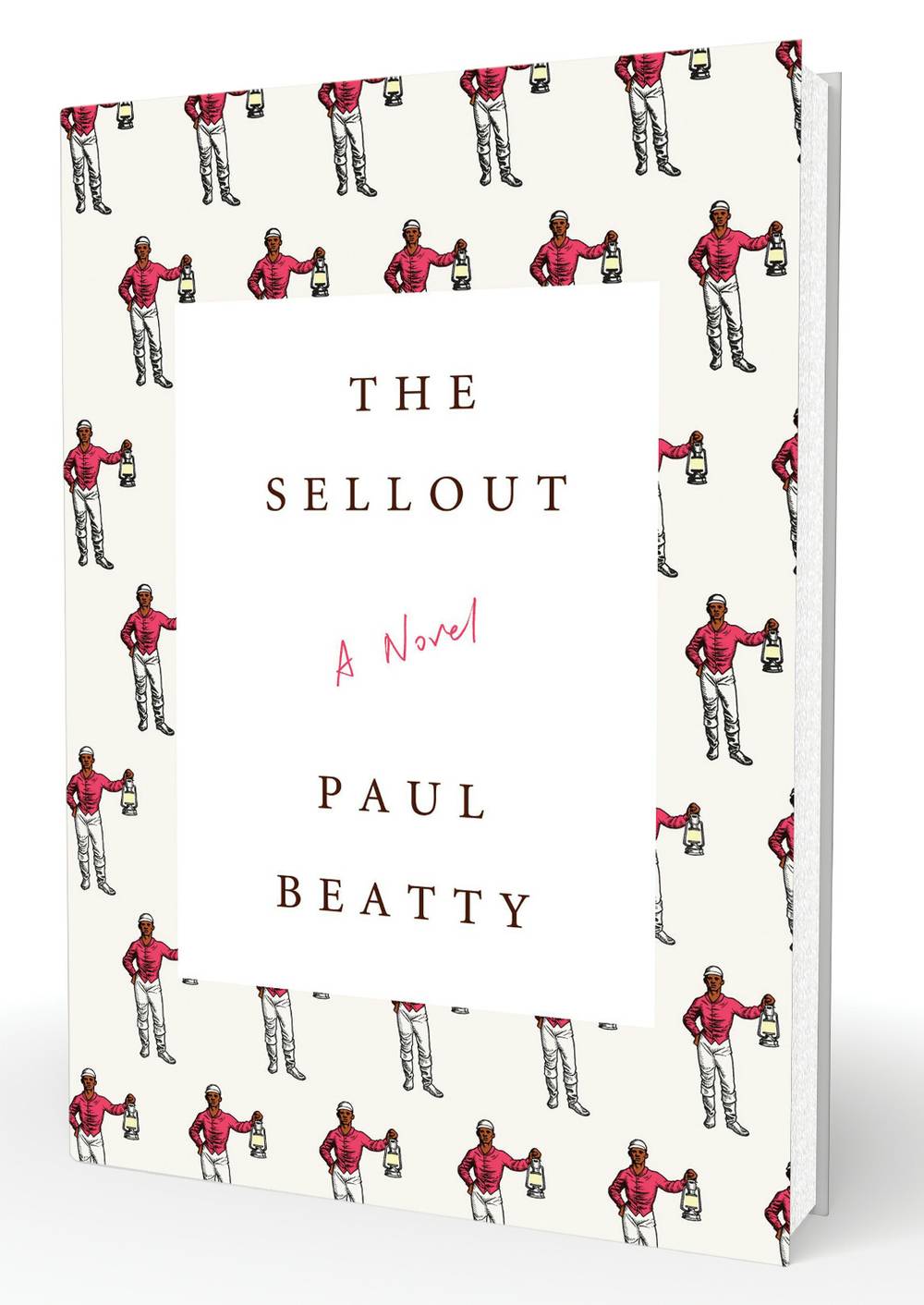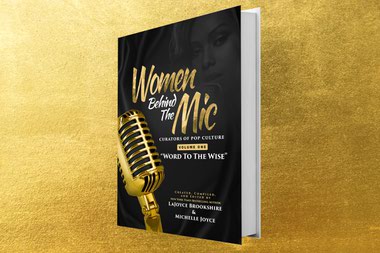
The Sellout By Paul Beatty, $26.
When we first meet him, the eponymous character of Paul Beatty’s novel The Sellout is “getting high in the highest court in the land.” He’s before the Supreme Court after confessing to police that he has both reinitiated segregation and owns a slave. “I’ve whispered ‘Racism’ in a post-racial world,” he says.
Bonbon, as “the Sellout” is known, is a black man from the fictional town of Dickens: an “agrarian ghetto” in LA. He’s the son of a college professor who raises him through a series of social-science experiments. Bonbon’s father is shot and killed by an LAPD officer, and soon after, Dickens is wiped from the map to save California from additional embarrassment. Bonbon decides to redraw Dickens’ borders—literally, by painting a line—and in the enactment of his Swiftian modest proposal, ameliorates the plight of its black residents by resegregating schools and buses. He unifies his community, making the argument that LA is already one of the most segregated areas in the country.
“You’re either citizen or slave,” Bonbon says. When Hominy, the last surviving member of the Little Rascals gang, demands Bonbon enslave him, Bonbon sees no choice. “Let’s be clear,” he tells us, “I tried to ‘free’ Hominy countless times.” But Hominy won’t accept his freedom. The Sellout revels in such absurdity.
What is post-racial America? Recent headlines suggest a definition is hazy. Or, as Beatty’s novel illustrates, post-racial America means an America both self-aware and unable to fix itself. Its irreverence is tempered with so much humor that the characters are able to speak the unspeakable. The work is rife with wit and awareness of history. Beatty has a strong, ironic and profane voice. He writes with deliberate provocation. There’s nothing politically correct about The Sellout, and its characters’ flawed logic draws attention to America’s greatest faults. But in this scathing, humorous tale, the satirist accurately portrays the reality of American identity and institutional racism.
The Sellout doesn’t take itself too seriously, and Bonbon takes us on many tangents. But Beatty’s driving force is the desire to explain—both Bonbon’s journey and America’s. He utilizes stereotypes so that he might challenge them; by drawing our attention to the tropes of race and racial discussion—and our complacency with them—he creates a work that indicts us as a nation. “Silence can be either protest or consent,” Bonbon says, “but most times it’s fear.” Beatty’s writing in The Sellout is raucous and unafraid; just the kind of caustic, squirm-worthy art that brings about change.







